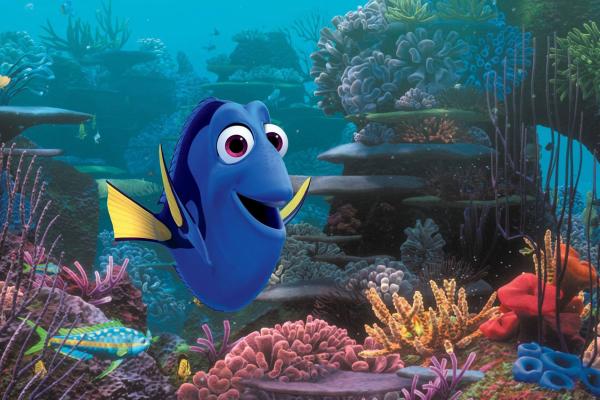Jun 17, 2016
In some ways, the film is a retread of familiar territory. The rehabilitation center, which doubles as an aquarium, feels like an expanded take on the first film’s fish tank scenario, and employs similar characters and situations. Composer Thomas Newman also returns for a new approach to Nemo’s gorgeous score, with less memorable results.
But thematically, Dory is just as strong as its predecessor. By taking a closer look at its title character’s positive attitude, director and co-writer Andrew Stanton shows audiences that Dory isn’t simply optimistic, but hopeful and resourceful.
Read the Full Article

Already a subscriber? Login
